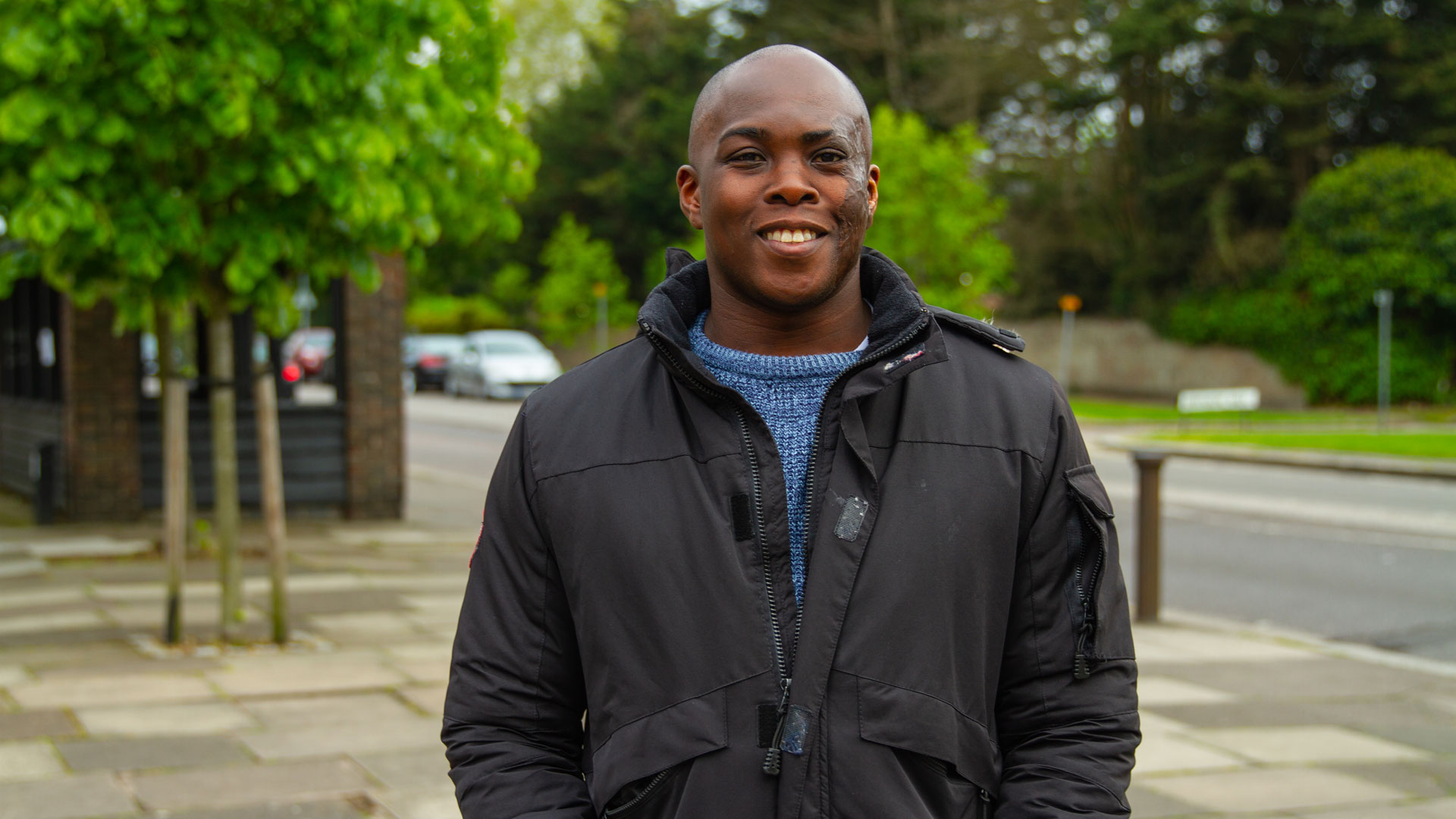Facts for the media
Key facts to inform your coverage of visible difference to help you ensure your reporting is sensitive, accurate and non-discriminatory.

Guidance for journalists and reporters on how to talk about visible difference and disfigurement in the media, including contact details for our media team.
Changing Faces is here to support the media with the latest information on and ways of talking about visible difference or disfigurement.
On this page, we provide guidance on how to talk about visible difference. For further information, you can download our full media guidelines, but if you’re unsure about any of this, please get in touch with our media team.
People with a visible difference such as a condition, mark or scar can face discrimination at school, work and in other areas of their lives. Media portrayal has a significant impact on public opinion and can affect how someone who looks different is treated.
At Changing Faces, we work closely with the media to ensure that reporting is sensitive, accurate and non-discriminatory, and does not play into to prejudice and stereotyping.
Nearly one in five people across the UK self-identify as having a visible difference such as a mark, scar or condition.
At least 1.3 million children, young people and adults in the UK are estimated to have significant disfigurements, including 569,000 with facial disfigurements.
You can read more facts about visible difference and disfigurement on our dedicated page. This includes information about the impact of looking different on people’s health and wellbeing, and the hostile behaviour and discrimination people with visible difference experience in everyday life.
Changing Faces generally uses the words “visible difference” to describe a mark, scar or condition on a person’s face or body that makes them look different. “Disfigurement” is often used in a legal context as it is enshrined in law in the Equality Act 2010, which gives legal protection to people with “severe disfigurements”.
It is important to know that not everyone likes the word “disfigurement”, preferring “visible difference”, terms such as “look different” or the name of their condition instead.
Things you should do:
Things you should not do:
Key facts to inform your coverage of visible difference to help you ensure your reporting is sensitive, accurate and non-discriminatory.
Changing Faces can provide media spokespeople to discuss visible difference, including campaigners, ambassadors and staff-members.